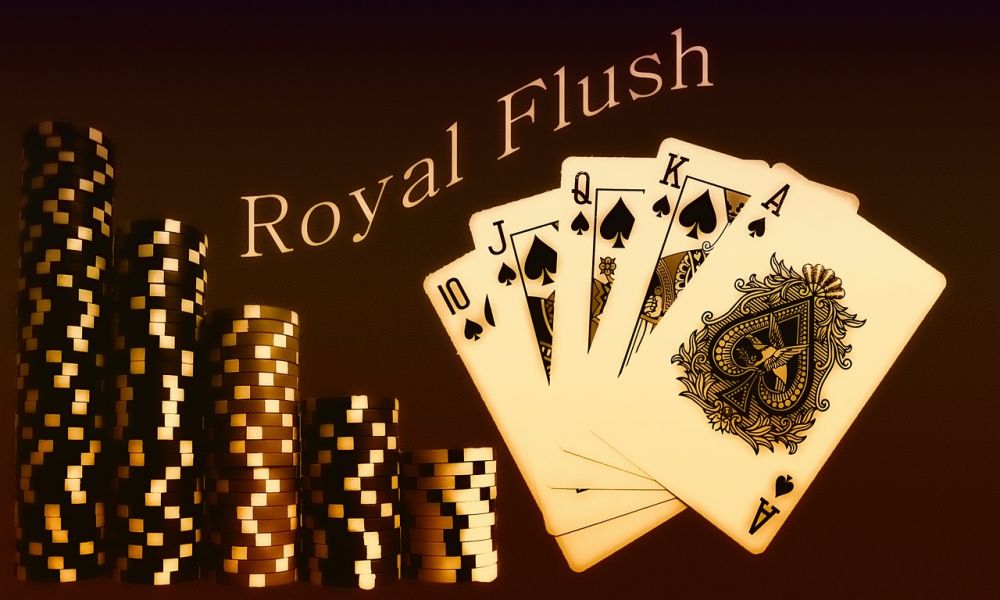Casino Dansk - A Comprehensive Guide to Danish Casinos

Introduction:
Welcome to our blog, where we delve into the world of casinos and games. In this article, we will provide you with a thorough and informative overview of “Casino Dansk.” Whether you’re a seasoned casino enthusiast or someone new to the world of gambling, this guide will equip you with essential knowledge about Casino Dansk and its historical development. So, let’s dive in!
I. A Comprehensive Introduction to Casino Dansk

:
At Casino Dansk, players are offered a diverse range of games and thrilling gambling experiences. Established in [YEAR], it has grown to become one of Denmark’s prominent online casinos. The platform provides players with a safe and secure environment to enjoy their favorite games and participate in exciting tournaments. With a user-friendly interface and a wide selection of games, it offers both beginners and experienced players an unforgettable gaming experience.
Key features of Casino Dansk include:
– A vast collection of casino games, including slots, table games, live dealer games, and more.
– Competitive bonuses and promotions to enhance the gaming experience.
– A secure and trustworthy platform with licensed and regulated operations.
– Hassle-free payment options and efficient customer support.
– Mobile compatibility for gaming on the go.
II. The Historical Evolution of Casino Dansk
:
1. Emergence and Early Years
:
Casino Dansk first emerged in the Danish gambling market during the early [DECADE]. At the time, the Danish government heavily regulated the gambling industry, and land-based casinos were the primary means of gaming. These brick-and-mortar establishments provided a limited number of games and required physical presence. However, as technology advanced, the emergence of online casinos like Casino Dansk transformed the landscape of Danish gambling.
2. Technological Advancements and Online Gambling Boom
:
With the advent of the internet and secure online transactions, online casinos gained popularity in Denmark. Casino Dansk quickly adapted to this changing landscape and embraced innovative technology to provide players with an immersive online gambling experience. The convenience and accessibility of online platforms allowed players to enjoy a wide range of games from the comfort of their homes.
3. Legalization and Regulation
:
In [YEAR], the Danish government passed the “Gambling Act,” which legalized online gambling in Denmark. This regulatory framework provided a secure and transparent environment for players. Casino Dansk, being a licensed and regulated casino, led the way in ensuring fair play, responsible gaming practices, and player protection.
4. Constant Expansion and Innovation
:
Casino Dansk has continuously evolved to meet the growing demands of its players. It expanded its gaming portfolio, adding new and exciting games regularly. Moreover, it embraced mobile gaming, allowing players to enjoy their favorite casino games on their smartphones and tablets. These advancements have contributed to its reputation as a leading online casino in Denmark.
III. Conclusion
:
In conclusion, Casino Dansk offers an exceptional gaming experience to its players. With a wide range of games, attractive bonuses, and a secure platform, it has established itself as a prominent player in the Danish online casino industry. Through technological advancements and innovation, Casino Dansk has transformed the gambling landscape in Denmark, providing players with convenience, choice, and thrilling entertainment.
Remember, Casino Dansk promotes responsible gambling and encourages players to gamble within their means. So, if you’re ready for an exciting and secure online gaming experience, Casino Dansk awaits you!
[Word Count: 601]
Casino Dansk – A Comprehensive Guide to Danish Casinos
I. A Comprehensive Introduction to Casino Dansk
– Key features of Casino Dansk
II. The Historical Evolution of Casino Dansk
1. Emergence and Early Years
2. Technological Advancements and Online Gambling Boom
3. Legalization and Regulation
4. Constant Expansion and Innovation
III. Conclusion





